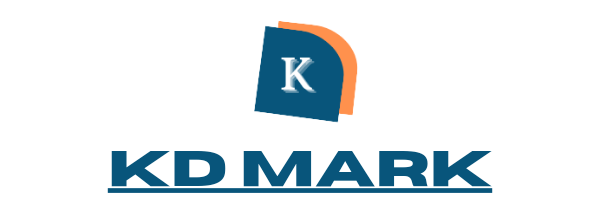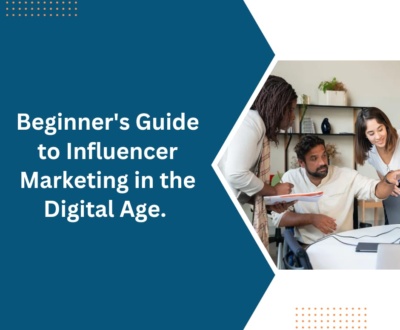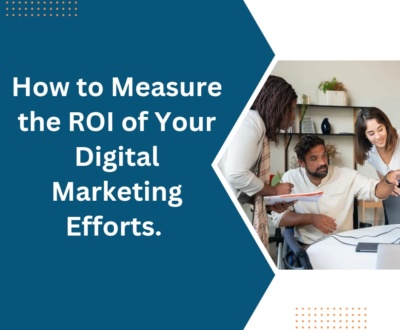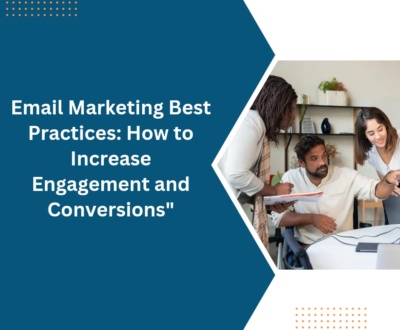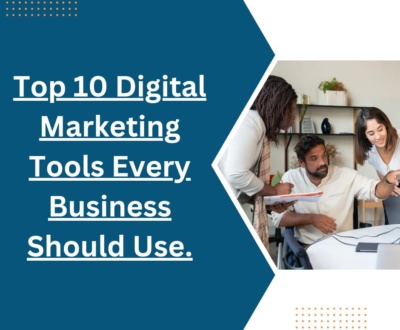How to Use Google Ads to Boost Your Digital Marketing Campaigns
- October 6, 2024
- Uncategorized
–: How to Use Google Ads to Boost Your Digital Marketing Campaigns –
Hello everyone welcome to my new blog. Today Google Ads has become one of the most powerful tools in digital marketing, enabling businesses of all sizes to reach their target audiences with precision and drive measurable results. Whether you’re looking to increase website traffic, generate leads, or boost sales, Google Ads offers a versatile platform to support your goals. This guide will walk you through how to use Google Ads effectively to enhance your digital marketing campaigns…
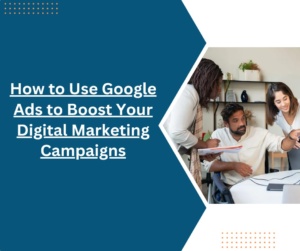
- Understand the Basics of Google Ads –
Google Ads operates on a pay-per-click (PPC) model, meaning you only pay when someone clicks on your ad. Advertisers bid on keywords that are relevant to their target audience, and Google displays ads based on the relevance and quality of the ad, the bid amount, and other factors. The goal is to create ads that appear at the top of search results, on partner websites, or in YouTube videos, reaching people when they are actively searching for products or services like yours…
Tip – Start by familiarizing yourself with the different types of Google Ads campaigns, such as Search, Display, Shopping, Video, and App, to determine which aligns best with your business objectives.
- Set Clear Goals for Your Campaigns –
Before launching a Google Ads campaign, it’s essential to define your marketing objectives. Are you trying to increase brand awareness, drive traffic to your website, or encourage conversions? Clear goals will help you structure your campaigns, choose the right keywords, and measure your success…
Tip – Use SMART goals—specific, measurable, achievable, relevant, and time-bound—to guide your Google Ads strategy. For example, instead of “increase sales,” aim for “increase sales by 15% over the next three months.”
- Conduct Keyword Research –
Keywords are the foundation of any successful Google Ads campaign. The key to success is finding the right keywords that your target audience is searching for. Using tools like Google Keyword Planner, SEMrush, or Ahrefs, you can identify high-volume keywords with low competition to maximize your ad’s performance…
Tip – Focus on a mix of broad and long-tail keywords. Long-tail keywords may have lower search volumes but tend to have higher conversion rates because they capture more specific search intent.
- Create Compelling Ad Copy –
Your ad copy is what attracts potential customers and persuades them to click on your ad. Make sure your headlines and descriptions are clear, concise, and highlight the benefits of your product or service. Use action-oriented language, include a clear call-to-action (CTA), and focus on what sets your offering apart from competitors…
Tip – Use ad extensions to provide additional information, such as your phone number, location, or links to specific pages on your website, to make your ad more informative and enticing.
- Optimize Landing Pages for Conversions –
Once a user clicks on your ad, they should be taken to a landing page that is optimized for conversions. The landing page should be relevant to the ad they clicked on and include clear messaging, strong visuals, and an easy-to-navigate layout. Ensure that the page loads quickly, is mobile-friendly, and includes a clear CTA, whether it’s making a purchase, signing up for a newsletter, or downloading an ebook…
Tip – Continuously test different landing page elements—such as headlines, images, and CTAs—using A/B testing to determine which variations drive the highest conversions.
- Monitor and Optimize Your Campaigns –
One of the greatest advantages of Google Ads is the ability to track and measure your campaign’s performance in real-time. Use Google Ads’ built-in analytics to monitor key metrics such as click-through rates (CTR), conversion rates, and return on ad spend (ROAS). Regularly reviewing these metrics allows you to make data-driven decisions and optimize your campaigns for better results…
‘Tip – Adjust your bids, pause underperforming ads, and tweak your keywords based on performance data. Set up conversion tracking to measure the true impact of your ads on your business goals.
- Leverage Remarketing for Better Results –
Remarketing allows you to target users who have already interacted with your website or ads but haven’t converted. This is a highly effective way to nurture leads and drive repeat visitors back to your site. With remarketing, you can show personalized ads to users as they browse other websites or use Google’s search engine, keeping your brand top of mind…
Tip – Create custom remarketing lists based on user behavior, such as those who abandoned their shopping cart or visited a specific product page, to deliver more relevant ads and boost conversions.
Conclusion
Google Ads is a powerful tool that can significantly enhance your digital marketing campaigns if used correctly. By setting clear goals, conducting thorough keyword research, creating compelling ads, optimizing landing pages, and continuously monitoring performance, you can maximize your return on investment (ROI) and reach your target audience at the right time. With the addition of remarketing and other advanced targeting options, Google Ads offers unparalleled opportunities to grow your business and stay ahead of the competition.
About us and this blog
We are a digital marketing company with a focus on helping our customers achieve great results across several key areas.
Request a free quote
We offer professional SEO services that help websites increase their organic search score drastically in order to compete for the highest rankings even when it comes to highly competitive keywords.
Subscribe to our newsletter!
More from our blog
See all postsRecent Posts
- Beginner’s Guide to Influencer Marketing in the Digital Age October 6, 2024
- How to Measure the ROI of Your Digital Marketing Efforts October 6, 2024
- The Power of Content Marketing: How to Create Valuable Content for Your Audience October 6, 2024
